A rare sighting occurred near La Jolla Shores over the weekend when an oarfish, often referred to as a ‘Doomsday fish’, was discovered floating in the water. This event attracted immediate attention from local marine scientists and enthusiasts.
A spokesperson from Scripps Institution of Oceanography at UC San Diego confirmed the discovery, made by a group of kayakers and snorkelers.
Collaborative Recovery Effort
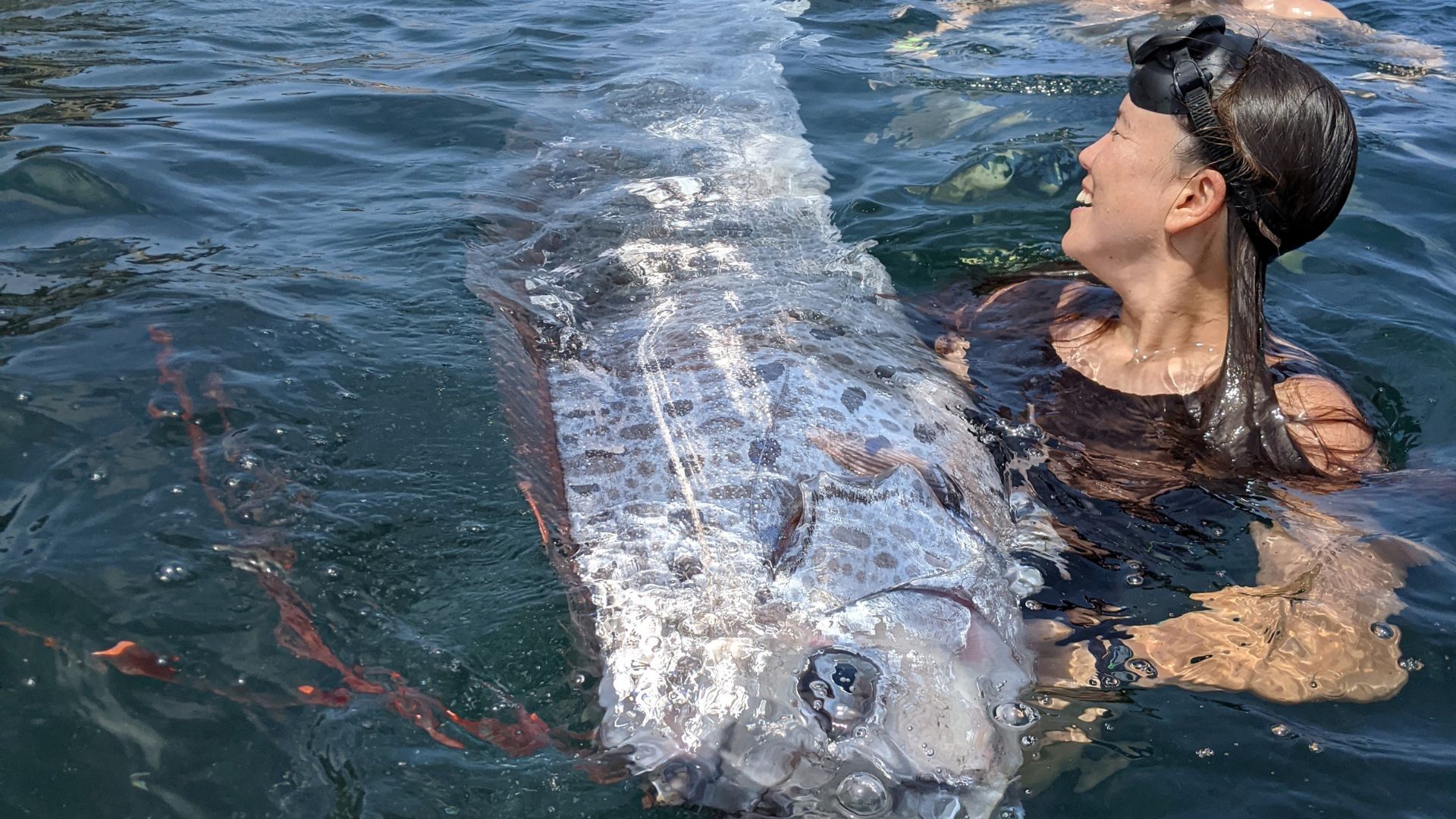
After spotting the oarfish, several individuals collaborated to recover the sizable sea creature from the water.
They used a paddleboard to transport it from the ocean to a truck, demonstrating a significant community effort. The specimen was subsequently handed over to professionals at the Scripps Institution for further examination.
Scientific Examination Ensues
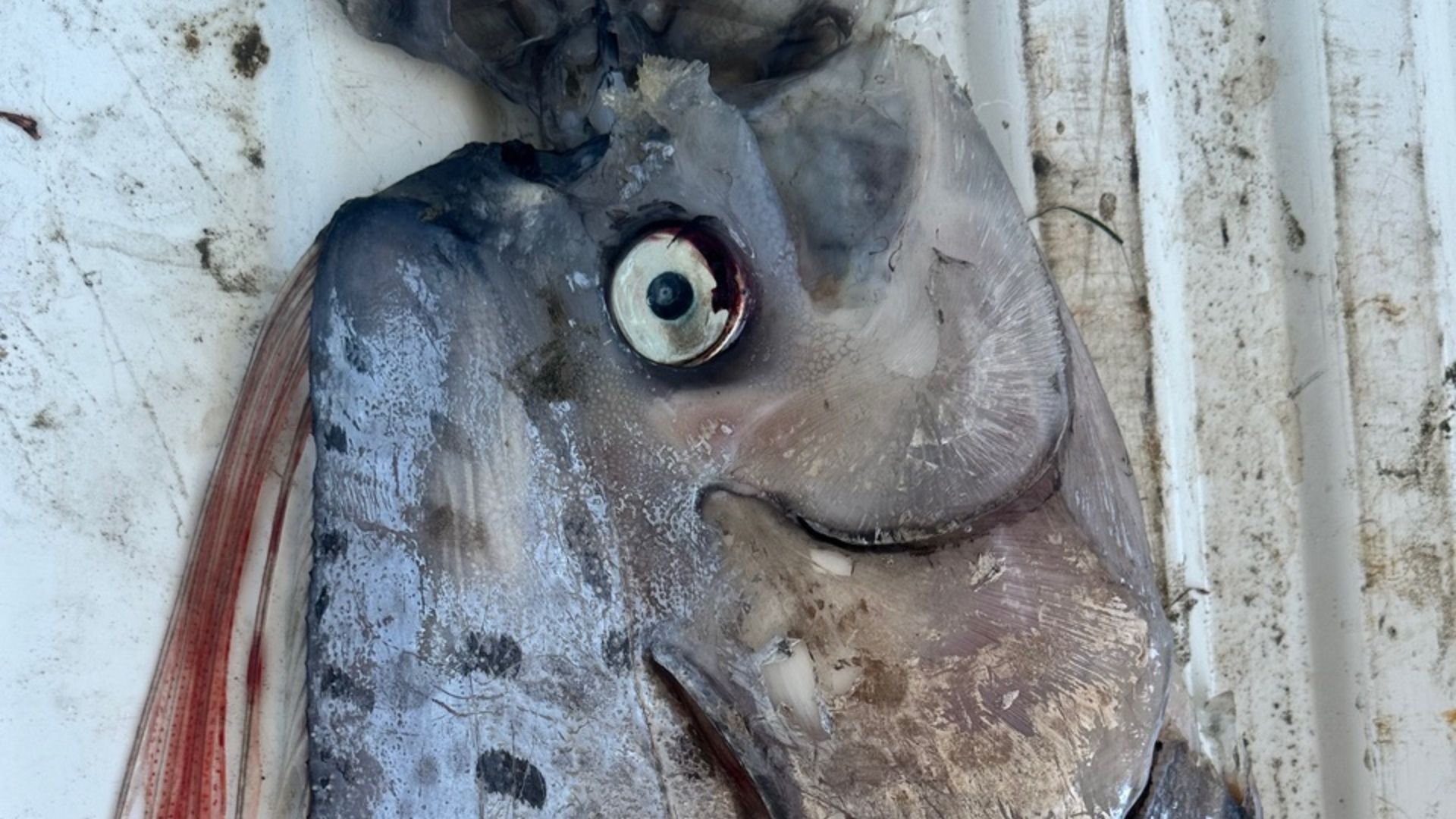
The oarfish has been added to the Marine Vertebrate Collection at Scripps, where it will undergo detailed study.
“Thanks to the work from these locals, scientists will be able to further study this mysterious species as it will become part of the Marine Vertebrate Collection at Scripps, one of the largest collections of deep-sea fish in the world,” said Brittany Hook, assistant director of communications for Scripps.
Plans for Necropsy
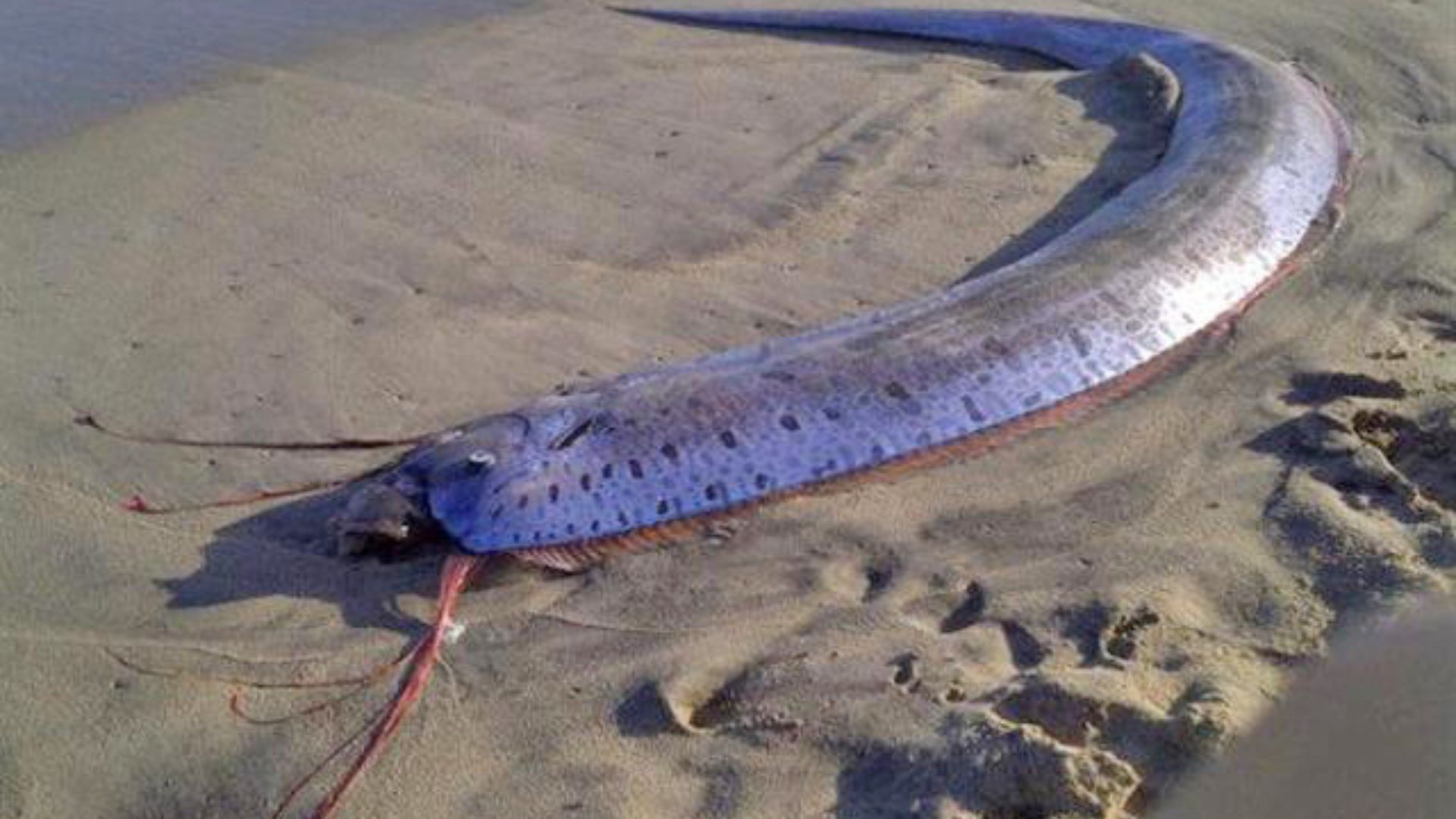
Scientists from NOAA Southwest Fisheries Science Center and Scripps Institution of Oceanography are scheduled to perform a necropsy on the oarfish.
The aim is to determine the cause of death and gather more data about this rarely seen species, which could provide insights into the health of marine ecosystems.
Measuring the Giant

The oarfish measured precisely 12 feet in length.
Although oarfish can grow up to 30 feet, this particular specimen was on the smaller side of their typical size range.
Cultural Significance and Scientific Skepticism
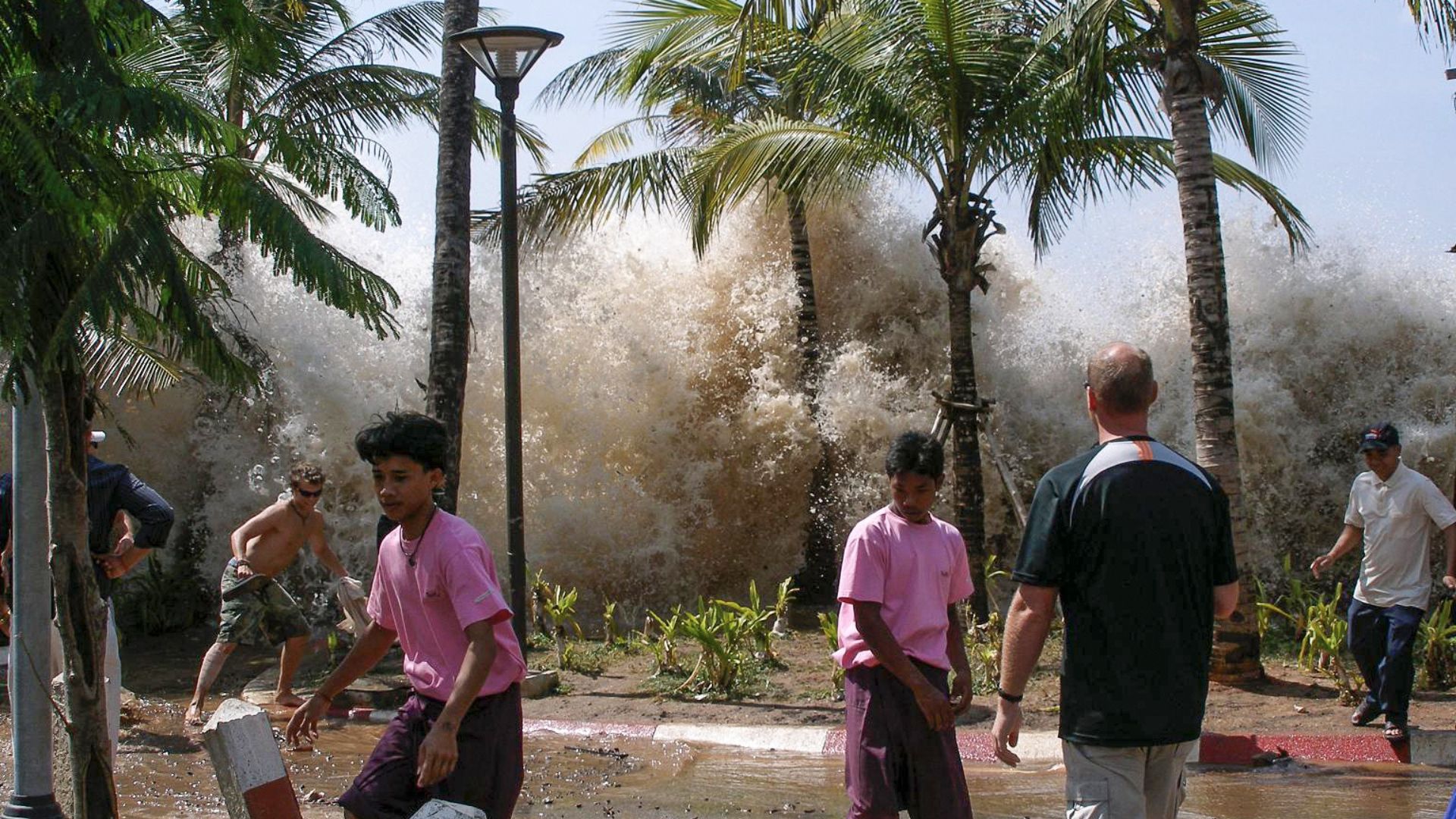
In various cultures, an oarfish washing ashore is seen as a precursor to disasters such as earthquakes and tsunamis.
However, Brittany Hook noted, “This correlation has not been proven,” though it has sparked folklore and superstitions around these rare events.
Historical Context of Oarfish Sightings
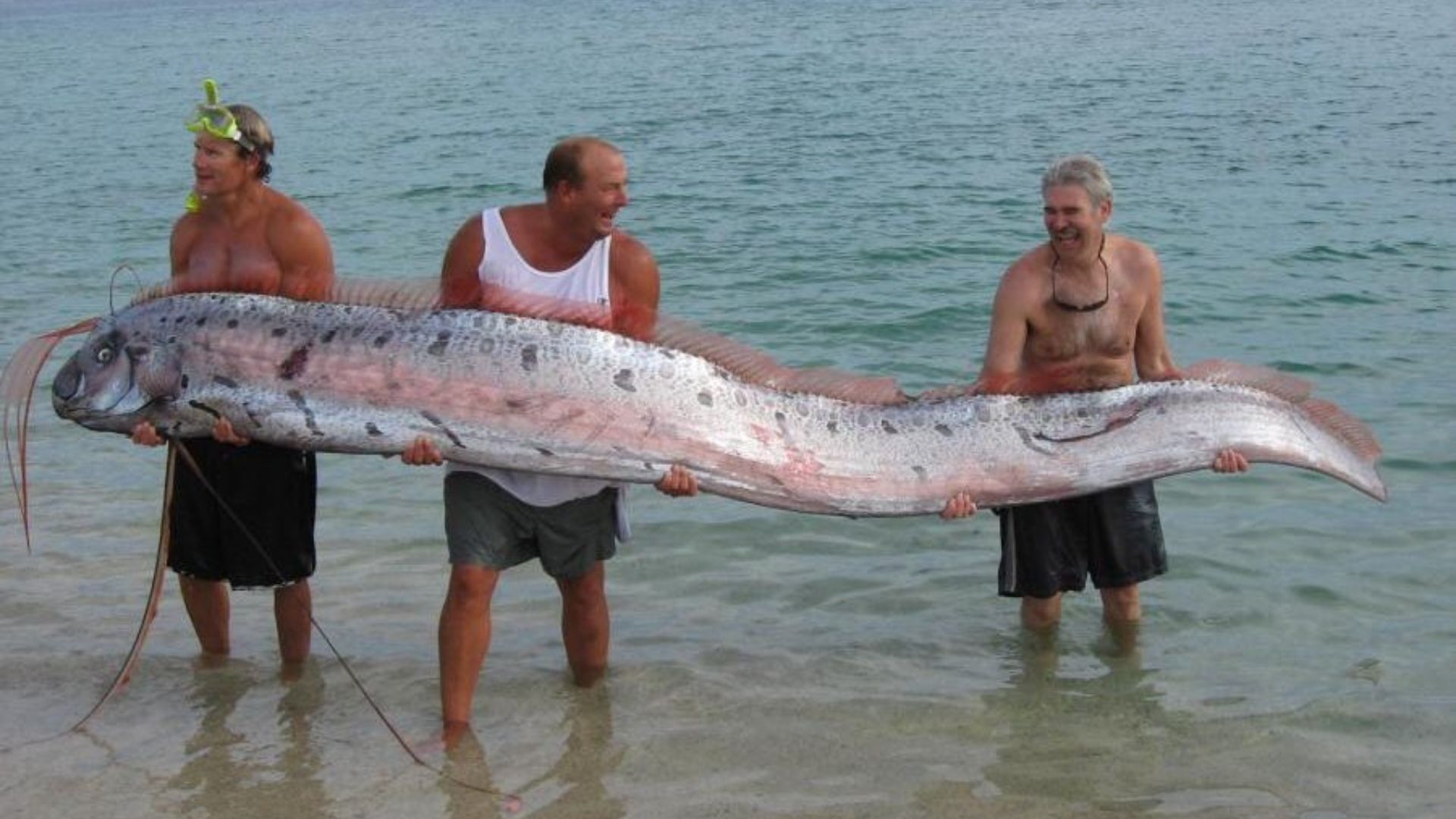
The appearance of oarfish has occasionally preceded natural calamities, like the incident in Japan in 2011 where multiple oarfish washed ashore months before a significant earthquake.
These historical occurrences have fueled speculations and interests in the species.
Recent Earthquake Raises Questions

A recent earthquake in Southern California followed the oarfish discovery by a couple of days.
The magnitude 4.4 quake occurred near Los Angeles, which has led to some public speculation about the timing, though scientists remain cautious about drawing direct connections.
Research Value of Beached Specimens
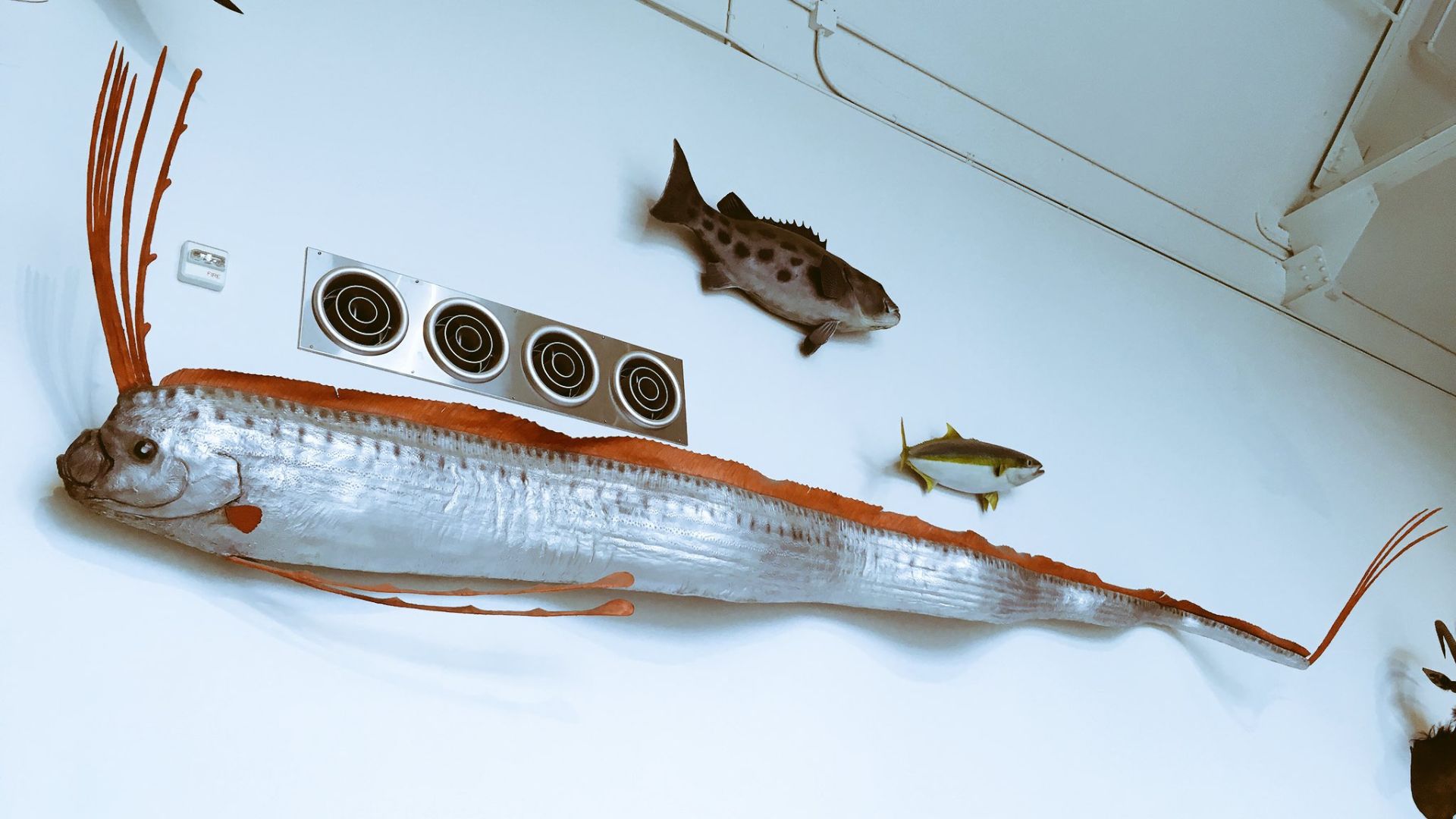
Each beached oarfish provides a valuable opportunity for research, helping scientists to understand more about a species that usually lives in deep ocean environments.
“Experts don’t have any evidence to theorize why these fish are washing ashore in Southern California, but learn more from each specimen that is collected,” said Hook.
Understanding the ‘Doomsday Fish’
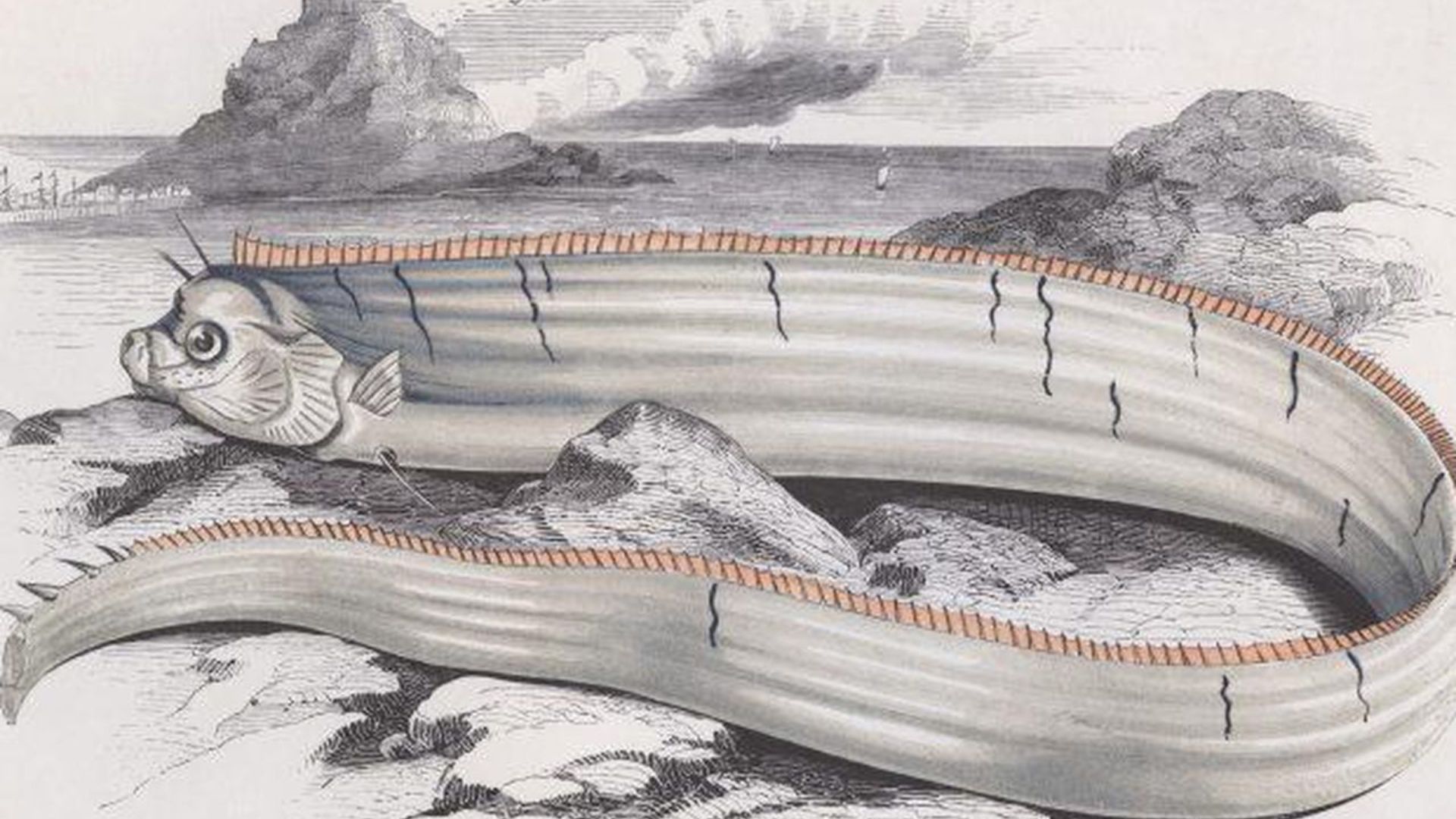
The nickname “doomsday fish” reflects the folklore associated with the oarfish.
Despite its mysterious aura, the scientific community values each sighting as a chance to learn more about deep-sea life and environmental indicators that might be derived from such occurrences.
Oarfish Joins Marine Collection
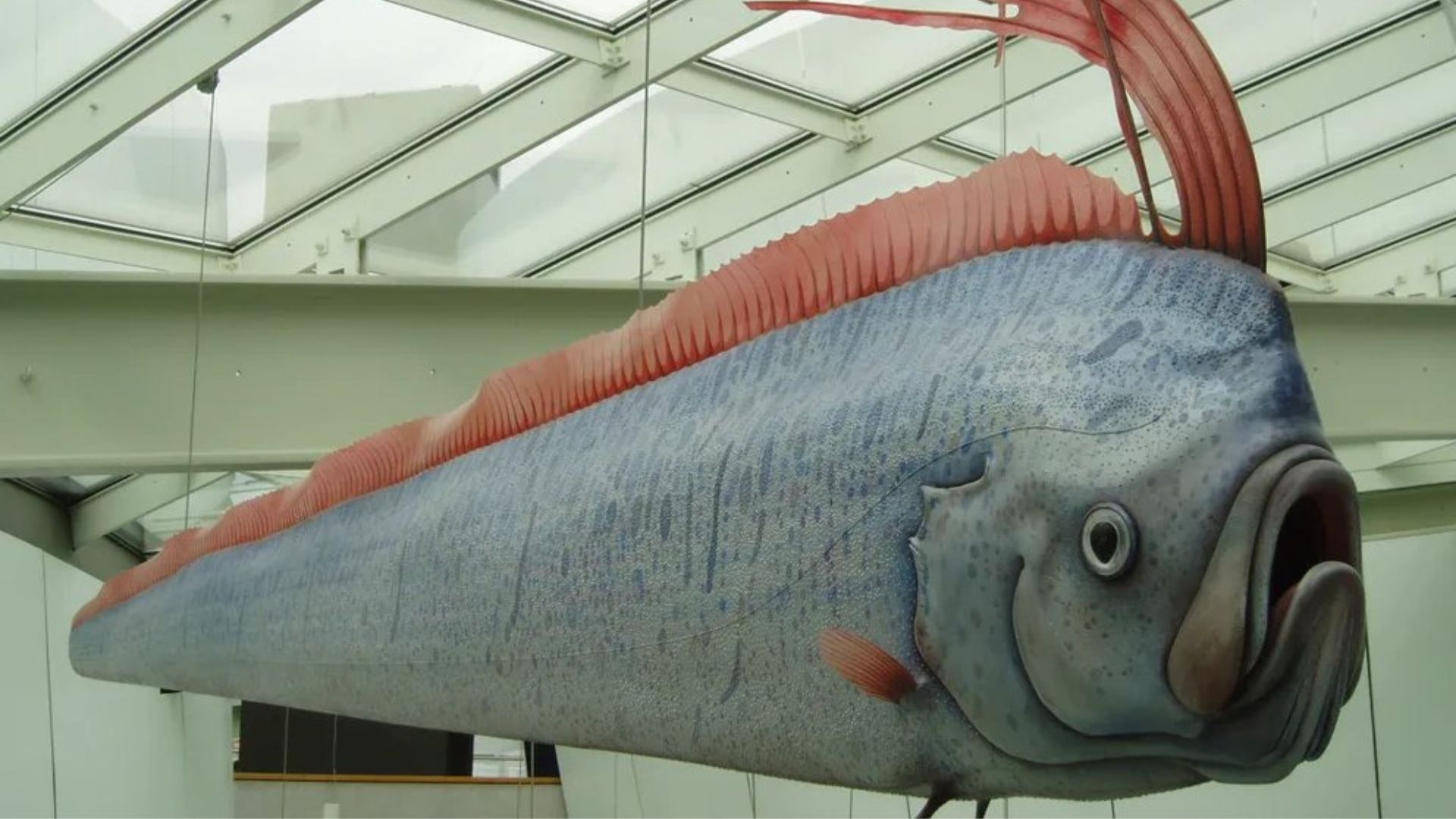
Now part of Scripps’ extensive marine vertebrate archive, this oarfish will contribute to the broader scientific understanding of marine biology.
Studying its physiology and environment could offer clues about life in the deep sea and the factors influencing the health of marine species.
Continuing the Quest for Knowledge
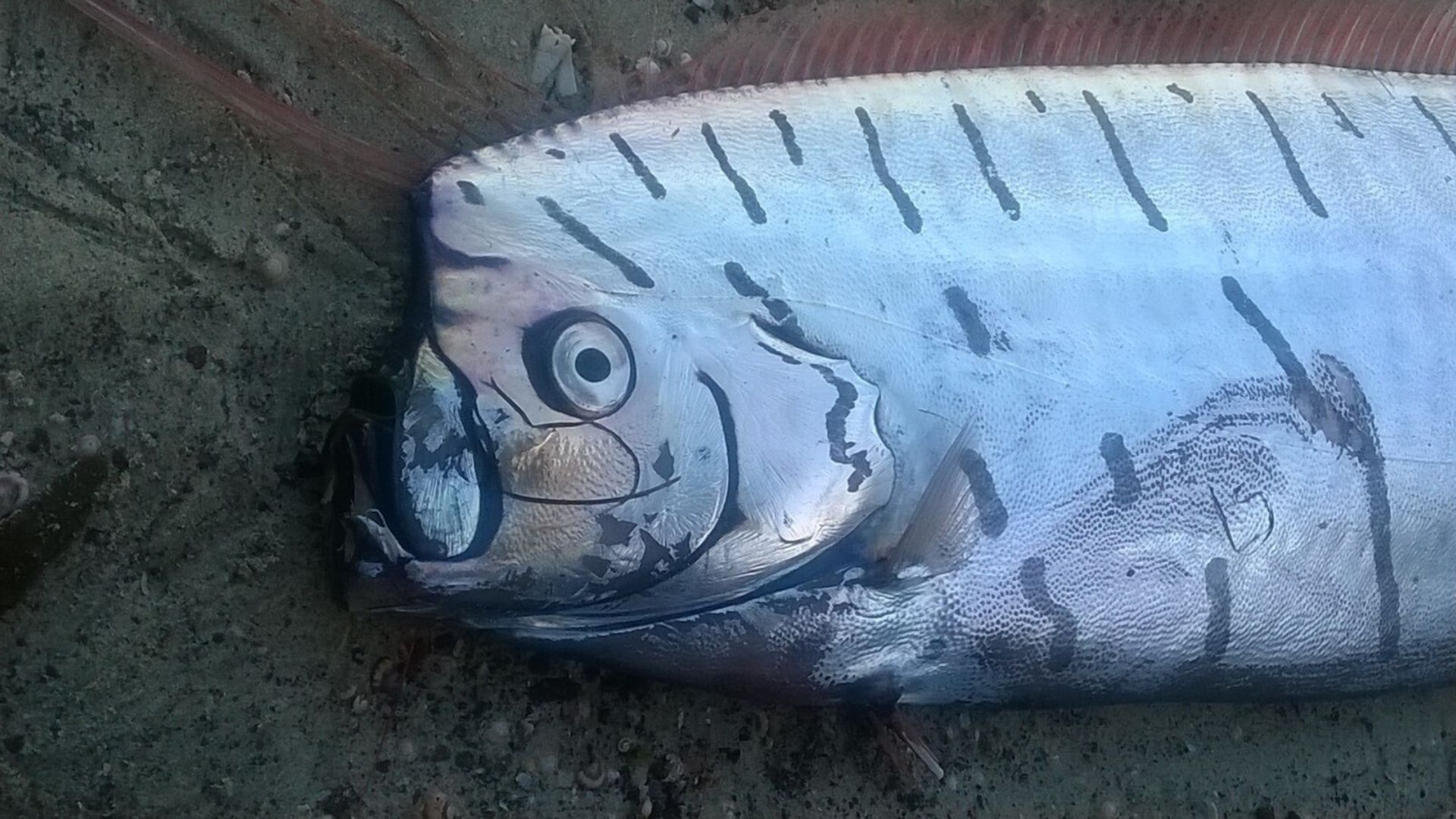
As researchers continue to study this specimen, they aim to uncover details about its life and the circumstances leading to its beaching.
The investigation may reveal more about the elusive nature of the oarfish and potentially about the environmental conditions of their deep-sea habitat.
